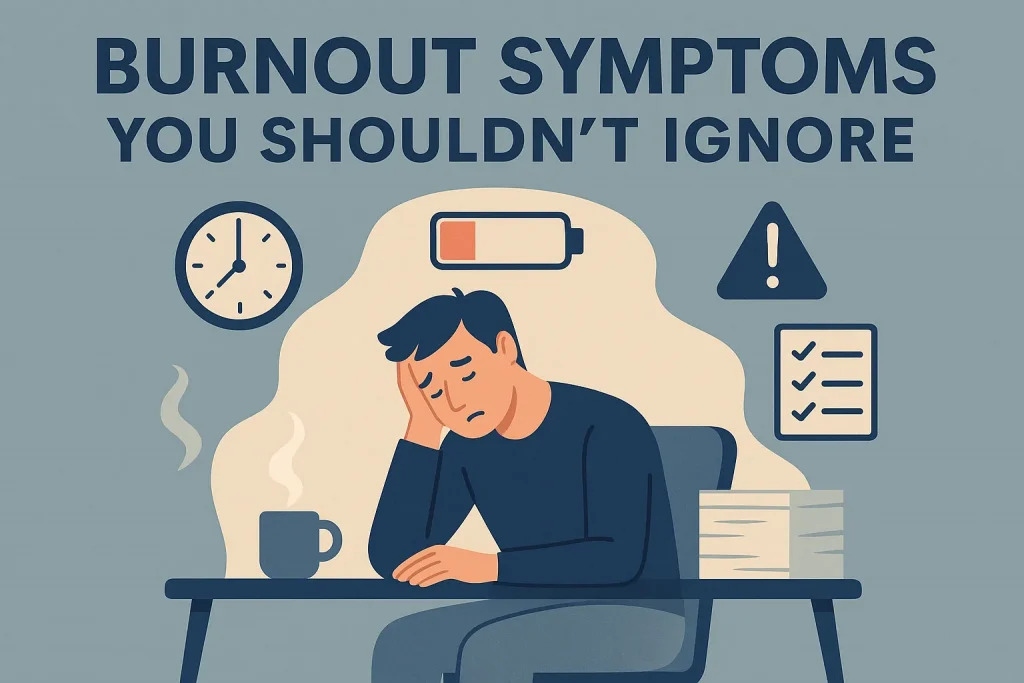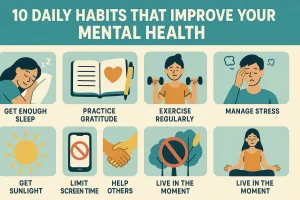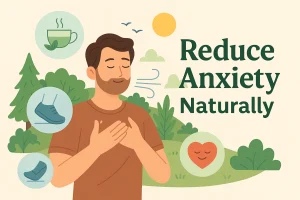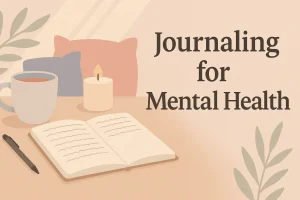Signs of Burnout You Shouldn’t Ignore

Signs of Burnout You Shouldn’t Ignore
Feeling exhausted, emotionally drained, or just “not yourself”? It might be more than stress—it could be burnout.
In today’s always-on world, burnout is becoming more common—and more invisible. Recognizing the early burnout symptoms is the first step to healing.
This article breaks down the signs of burnout you shouldn’t ignore—and what to do next.
What Is Burnout?
Burnout is a state of emotional, mental, and physical exhaustion caused by prolonged stress, overwork, or emotional demand—especially when you feel helpless or unsupported.
It’s not laziness. It’s not weakness. It’s your body and brain asking you to stop, rest, and reset.
10 Common Burnout Symptoms
1. Constant Fatigue
Even after a full night’s sleep, you still feel drained, sluggish, or heavy.
2. Lack of Motivation
Tasks that used to energize you now feel meaningless, overwhelming, or annoying.
3. Brain Fog
Forgetfulness, difficulty concentrating, and mental blanks are common signs.
4. Irritability and Mood Swings
You snap easily. Little things feel big. You may feel emotionally numb or hypersensitive.
5. Physical Symptoms
Headaches, stomach problems, muscle tension, or sleep issues often accompany burnout.
6. Cynicism or Detachment
You feel disconnected from your work, relationships, or purpose. You may feel like nothing matters.
7. Procrastination or Avoidance
Burnout often hides behind chronic distraction, delay, or checking out mentally.
8. Loss of Joy
Things that used to make you happy no longer spark anything. You feel emotionally flat.
9. Feeling Trapped
You might think: “I can’t stop. I have no way out.” This helplessness is a key red flag.
10. Increased Dependency on Coping Mechanisms
You rely more on caffeine, food, alcohol, screens, or isolation to “get through the day.”
Burnout vs. Regular Stress
| Stress | Burnout |
|---|---|
| Still feel in control | Feel helpless or trapped |
| Can see the finish line | No clear end in sight |
| Temporary overload | Chronic emotional fatigue |
What to Do If You Recognize the Signs
- Step 1: Acknowledge it. Burnout is real. You’re not broken—you’re overwhelmed.
- Step 2: Talk to someone. A friend, coach, or therapist can help you feel less alone.
- Step 3: Rest without guilt. Start with short breaks, better sleep, and time offline.
- Step 4: Reevaluate. What can be simplified, delegated, or let go?
- Step 5: Reconnect with what matters—joy, purpose, and people.
Final Thoughts
Burnout doesn’t mean you’re weak—it means you’ve been strong for too long without a break.
Learning to spot burnout symptoms early is an act of self-awareness and self-compassion. Give yourself permission to pause. You deserve it.
🧠 Try This:
Right now, take a deep breath. Ask yourself: “What do I need today?” Then listen.
Want a Free Burnout Recovery Toolkit?
Subscribe to our newsletter and get a printable self-check list, calming rituals, and gentle recovery habits to help you feel like yourself again.




No comments yet. Be the first to comment!